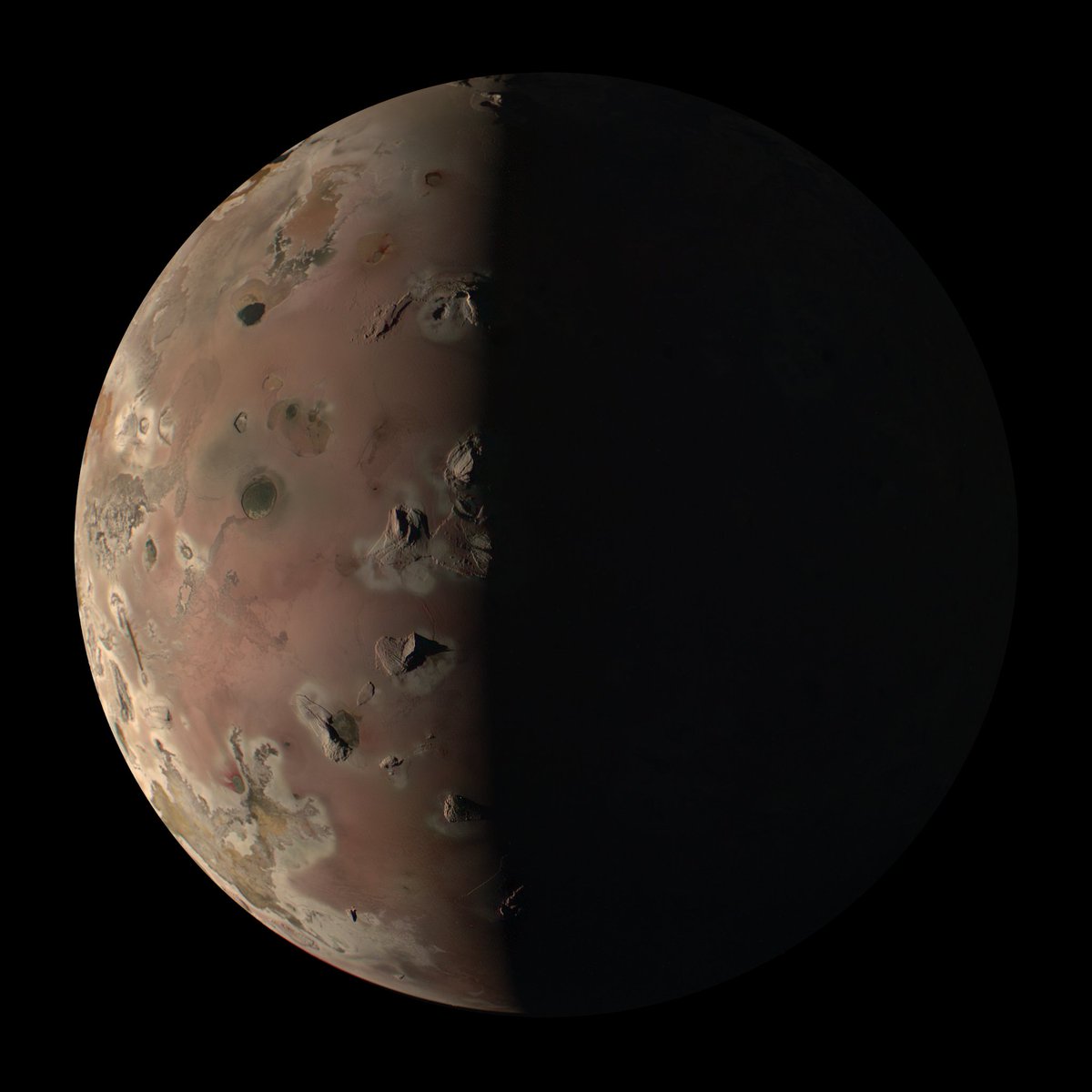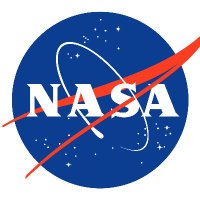
OK. I like it. Picasso!
The #JunoMission captured this view in Jupiter's far north that resembles a Cubist portrait displaying multiple perspectives.
We present the NASA Solar System image to you on Oct. 25—what would have been Picasso's 142nd birthday: go.nasa.gov/3QvICnj
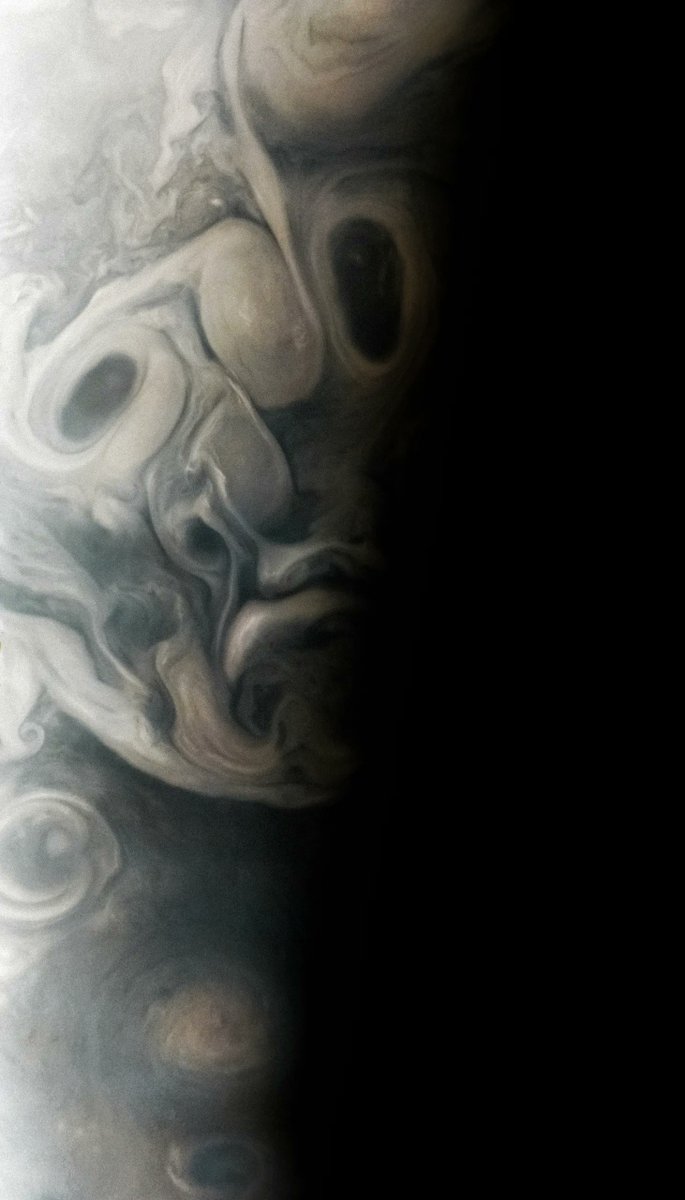
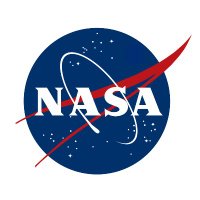
Scientists on our #JunoMission to Jupiter have transformed data collected during recent flybys of Io into animations that highlight two of the Jovian moon’s most dramatic features: a mountain and a glass-smooth lake of cooling lava. See more science: missionjuno.swri.edu/news/nasa-s-ju…

Our #JunoMission is making ever closer passes by Jupiter’s moon Io. The spacecraft will take another look at the active, volcanic moon on July 30 – with even closer flybys to come. 🌋 missionjuno.swri.edu/news/nasa-s-ju…

Some storms on Jupiter can be as big as our home planet, generating lightning flashes that are 100 times brighter than on Earth. ⚡️
In this image from #JunoMission , the spacecraft captured the glow of a lightning bolt near Jupiter’s North Pole! go.nasa.gov/42R0WKD


The #JunoMission completed its 50th close pass of Jupiter this past weekend. Relive highlights from its journey around the solar system’s largest planet, download high-res images and learn more: go.nasa.gov/40ZRrIQ
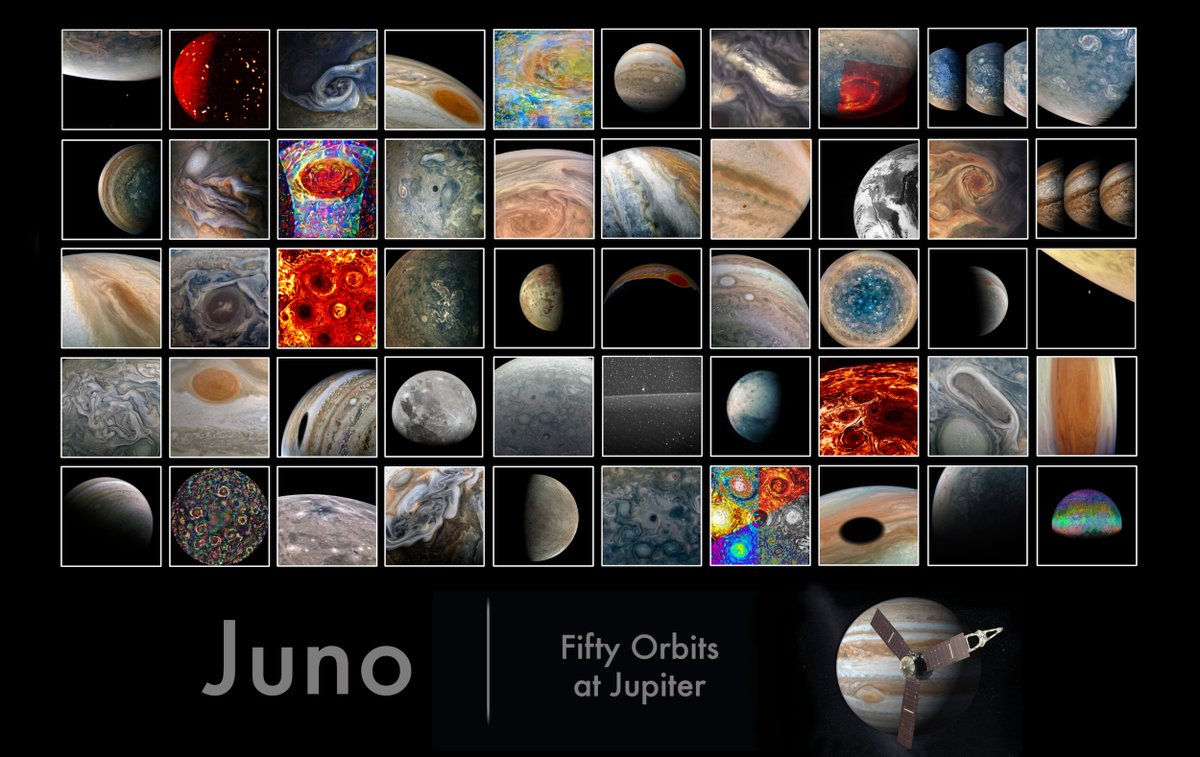


Images from the latest #JunoMission pass of Jupiter are now available at missionjuno.swri.edu/junocam/proces…
The second view captures Jupiter's moons Io and Europa. Image processed from raw JunoCam data by Kevin M. Gill.
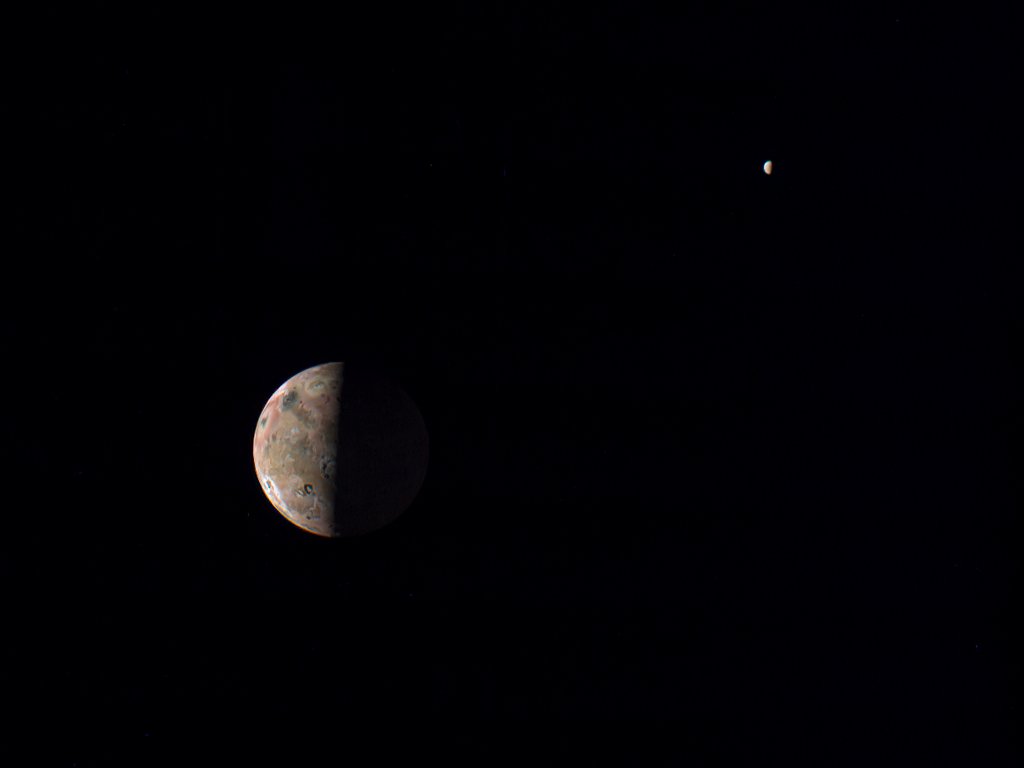

For the first time, our #JunoMission has detected mineral salts and organic compounds on the surface of Jupiter’s moon Ganymede. The finding suggests an underground ocean brine is reaching the crust of the icy world: go.nasa.gov/47b3VzV


The JunoCam instrument aboard our #JunoMission acquired six images of Jupiter's moon Io during its close encounter today. This black-and-white view was taken at an altitude of about 1,500 miles (2,500 kilometers). More images will be available soon at missionjuno.swri.edu


Today our #JunoMission completed its 52nd close pass by Jupiter! Earlier this year, it captured this view of storms and hazes on the giant planet. missionjuno.swri.edu/news/nasa-s-ju…
📸 processed by Björn Jónsson
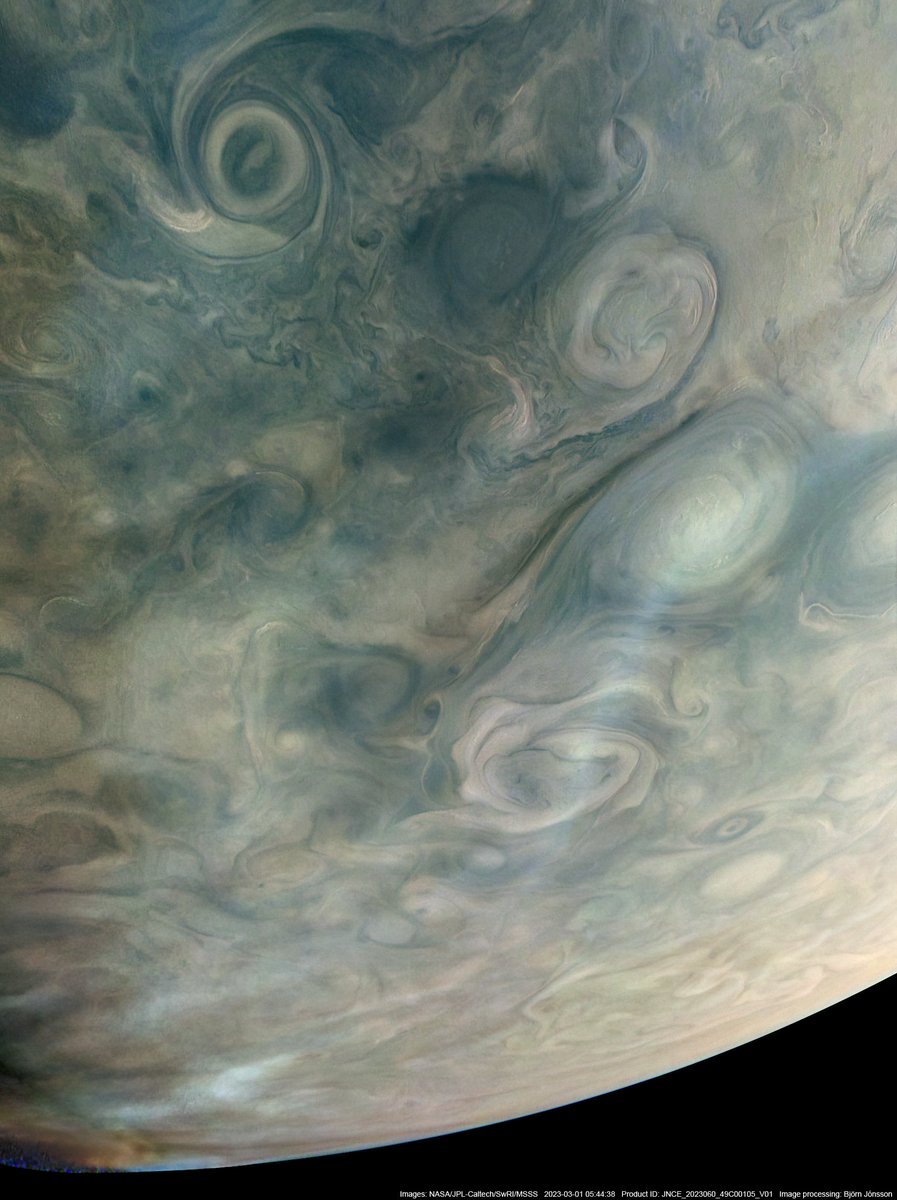

Oh hello, Io! During its 51st close flyby of Jupiter on May 16, our #JunoMission captured these views of Jupiter's volcanic moon Io.
More about Juno's exploration of Io: missionjuno.swri.edu/news/nasas-jun…
Other recent images: missionjuno.swri.edu/junocam/proces…
📸 processed by Kevin M. Gill


50/50: On the heels of the #JunoMission 's 50th orbit of Jupiter, NASA's Ingenuity #MarsHelicopter has completed its 50th flight on Mars. The numbers are a coincidence, but the pace of exploration across the solar system is not! Join us for the journey: solarsystem.nasa.gov


Jupiter's moon Io, the most volcanically active world in the solar system, as seen by the #JunoMission on Oct. 15. More at missionjuno.swri.edu/junocam/proces…
📸 Processed by Kevin M. Gill


On Dec. 30, our #JunoMission made its closest-ever approach to Jupiter’s moon Io, soaring about 930 miles (1,500 km) above the solar system’s most volcanic world.
Juno captured Io’s molten surface and will return for another look in February: go.nasa.gov/3vm9zSm


Congratulations to the NANOGrav team! We're excited that our #JunoMission to Jupiter played a role in this historic discovery by providing key data about the solar system's barycenter. spaceplace.nasa.gov/barycenter/en/


Within hours, our #JunoMission will pass close by Jupiter's volcanic moon Io. You can follow along in real time using the 'Eyes on the Solar System' simulation: eyes.nasa.gov/apps/solar-sys…
If all goes well, images will be available in the next few days at missionjuno.swri.edu

You can see which spacecraft are in contact with the DSN at any moment at eyes.nasa.gov/dsn/ Right now, it's exchanging data with several Mars spacecraft, the #JunoMission at Jupiter, and others.


NASA JPL Southwest Research Institute A color view of Jupiter's moon Io, the most volcanically active body in the solar system, captured by NASA's #JunoMission on Dec. 30. More images at missionjuno.swri.edu. Make your own virtual visit to Io at science.nasa.gov/jupiter/moons/…
Image processed by Kevin M. Gill
